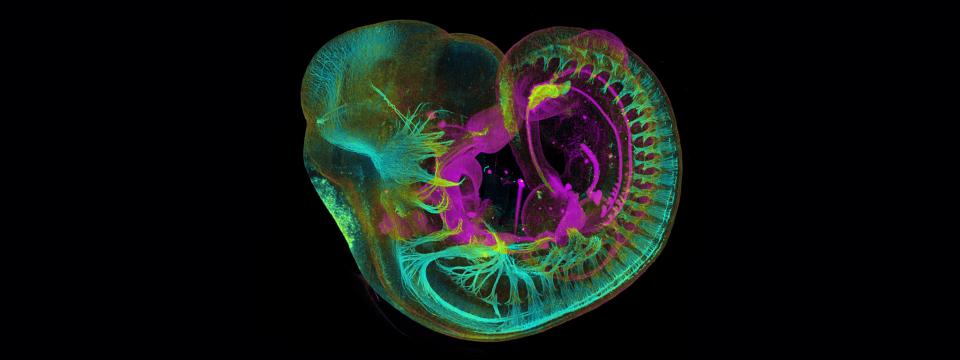Over the course of its development, an embryo experiences a staggering increase in apparent order and a trajectory towards characteristic outcomes, seemingly exhibiting goal-oriented directionality. Although biologists have been spectacularly successful in uncovering the molecular, cellular, and genetic underpinnings of development, major questions remain when embryos are regarded as integrated, goal-directed entities. Answering these questions requires interdisciplinary thinking at the interface of biology, the physical, mathematical and computational sciences, and philosophy. New formal models can help to foster novel conceptualizations of developmental robustness and directionality; new experimental platforms can facilitate empirical inquiry into the integration of parts and subsystems over developmental time.
User account menu

Agency and Directionality in Development
Coordinator: Anya Plutynski, Washington University-St. Louis
Read photo description and credits
Anatomical structures of a mouse embryo visualized with fluorescent-colored staining. Photo © Centre for Genomic Regulation (CRG), by Jim Swoger, Juergen Mayer and Laura Quintana.
Updates
Cluster Paper Button
